Yoghurt is a fermented milk product produced by bacterial fermentation of milk. The bacteria used to make yogurt are known as “yogurt cultures”. Fermentation of lactose by these bacteria produces lactic acid which acts on milk protein (casein) to give yogurt its texture and its characteristic tang.
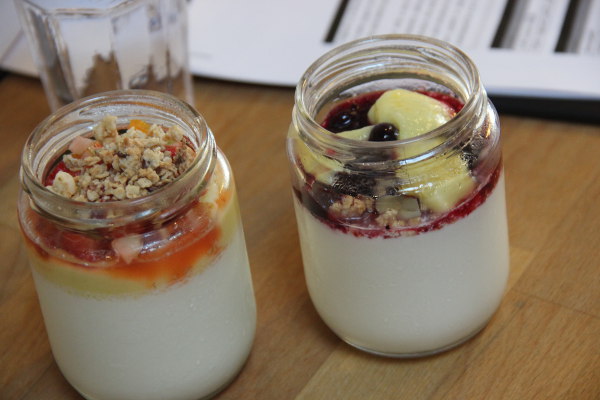
Cows’ milk is most commonly used to make yogurt. Dairy yogurt is produced using a culture of Lactobacillus delbrueckii subsp. bulgaricus and Streptococcus thermophilus bacteria. In yogurt production, the milk is first heated to about 90°C for 5 to 10 minutes to kill any undesirable bacteria. This also denatures the milk proteins, so that they set together rather than form curds. The milk is then cooled to about 45 °C. The bacterial culture is added, and the temperature of 45 °C is maintained for 4 to 7 hours to allow fermentation.
Chef-Owner Gene Mok of Selfish Gene Café has been busy in the kitchen perfecting recipes for his new weekend and weekday menus to serve the discerning palate of his guests. Staying true to his philosophy of ‘not serving anyone food that he would not eat himself, Chef Gene makes many ingredients from scratch for the dishes he serves at the café including yoghurt and even ricotta cheese.
He shares with us how we can make our own yoghurt at home.
Recipe For Homemade Yoghurt
Ingredients:
- 1 litre Full Cream Milk (Chef Gene recommends the milk brand Greenfields for its neutral taste)
- 50 grams Plain Yoghurt (with active cultures, don’t use pasteurized yoghurt. Most yoghurt on the shelves have active cultures. But do check the labels just in case.)
Equipment:
- Saucepan
- Digital Thermometer
- Measuring Cup
- Glass Jars (depending on how many you are serving. This recipe makes 6 (170ml) glass jars of yoghurt.)
- Cooler Box
Method:
1. Warm milk in a saucepan over medium heat to 90°C. Stir the milk gently as it heats to make sure the bottom does not scorch and the milk does not boil over. Remove from heat.
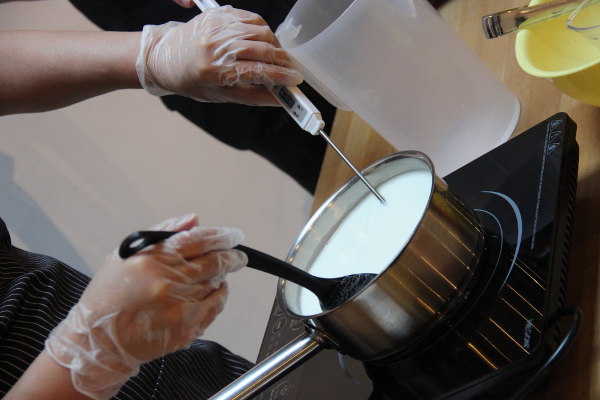
2. Allow milk to cool to a temperature between 43°C to 49°C. Skim off any skin formed on the surface of the milk during cooling. Sieve the milk for a smooth texture.
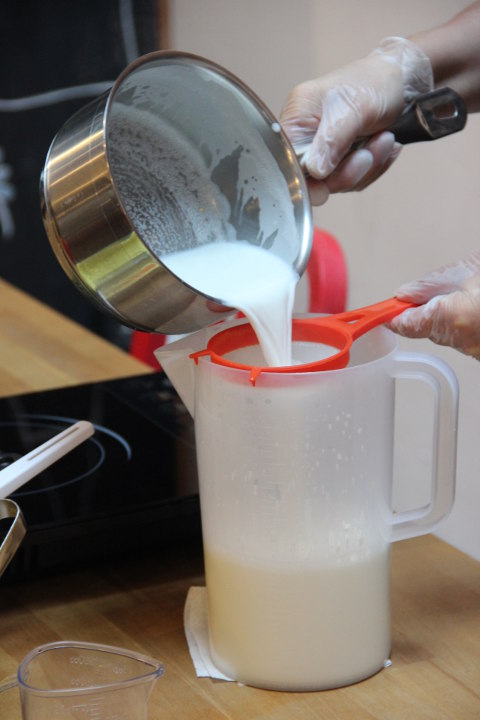
3. Scoop out about half a cup of warm milk with a measuring cup. Add the yoghurt into the measuring cup. Stir well until smooth.
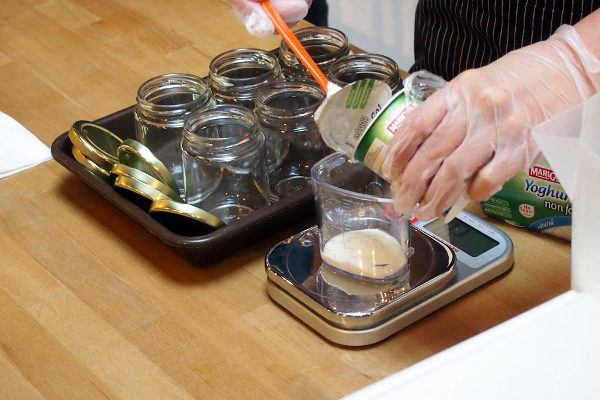
4. While stirring, return the thinned yoghurt into the warm milk and mix thoroughly.
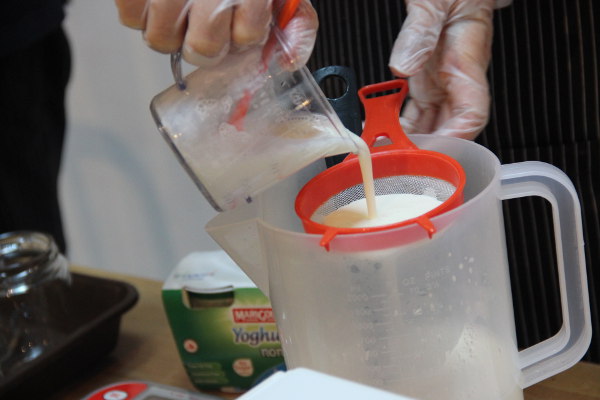
5. Pour the yoghurt milk into clean glass jars.
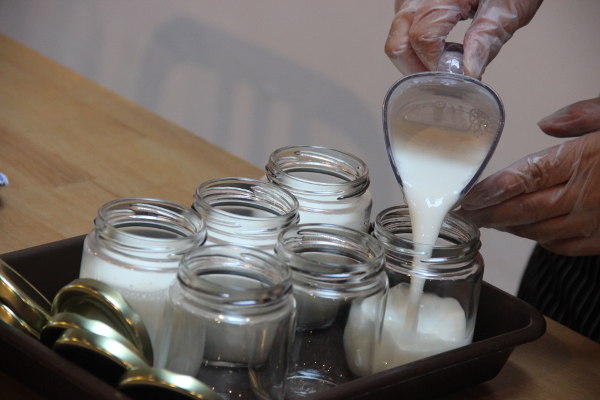
6. Secure lids and place jars in yoghurt maker.
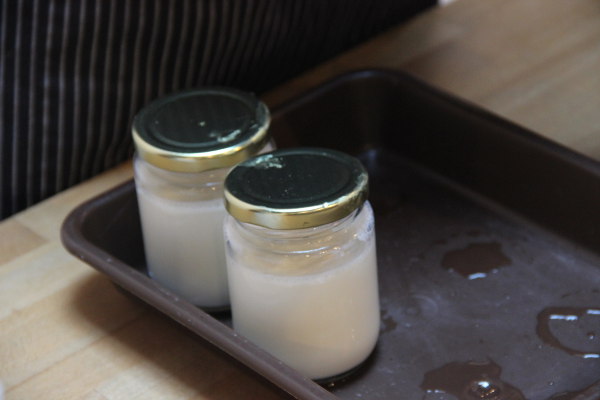
7. If a yoghurt maker is not available, use a cooler box. Allow the yoghurt to set for 4 to 8 hours. The longer the yoghurt ferments, the firmer and more tart it will be.
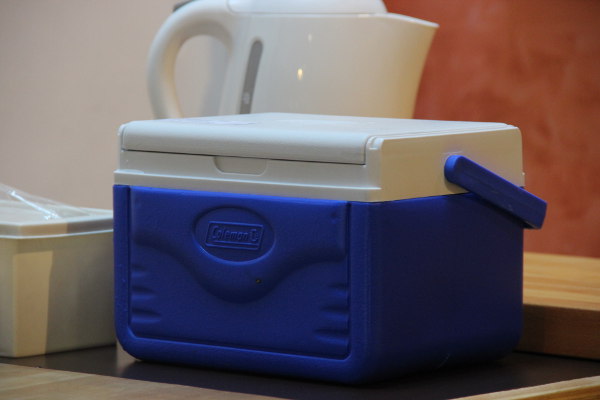
8. Do not disturb the milk as it ferments. After 4 hours, check if the yoghurt has reached the required consistency and flavour. Continue to culture for another 1 to 2 hours, if necessary.
9. Remove yoghurt from the yoghurt maker or cooler box and refrigerate immediately.
Serving:
Let yoghurt chill completely. Serve with fresh fruits or granola.
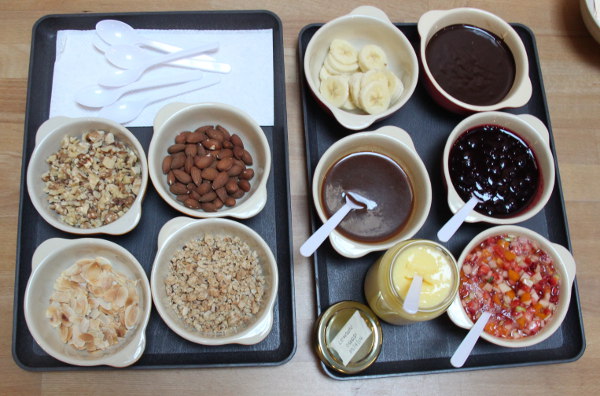
Tips from the chef:
- Use a food-grade digital thermometer to measure the temperature of the milk.
- Rinse the glass jars with hot water to ensure that the yoghurt milk stays warm before they are placed in the yoghurt maker or cooler box.
- If using the cooler box, try to keep the yoghurt milk at 45oC. Do not open the box for at least 4 hours to keep the temperature constant for the yoghurt to ferment.
- If using the yoghurt maker, follow manufacturer instructions on temperature and time settings.
A great way to get children to learn about science, try making some homemade yoghurt today!
Recipe contributed by Selfish Gene Cafe | Photos by TNAP
If you find this article useful, do click Like and Share at the bottom of the post, thank you.
Want more comprehensive info? Check out our e-guides here.




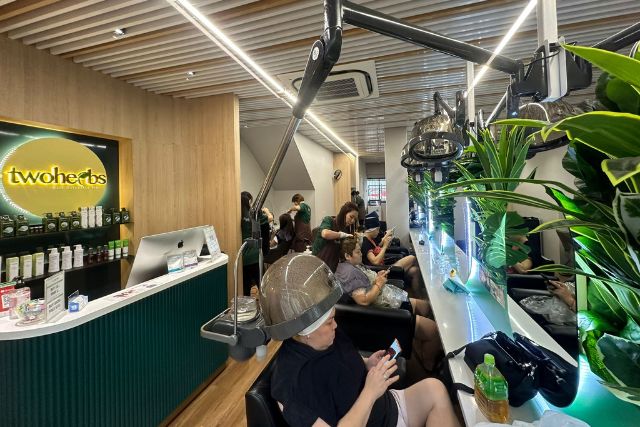


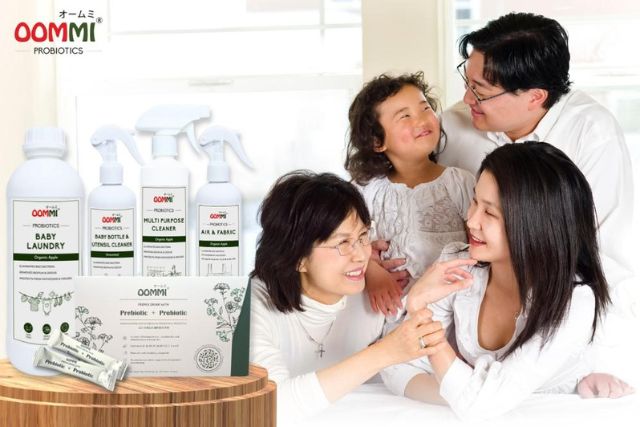
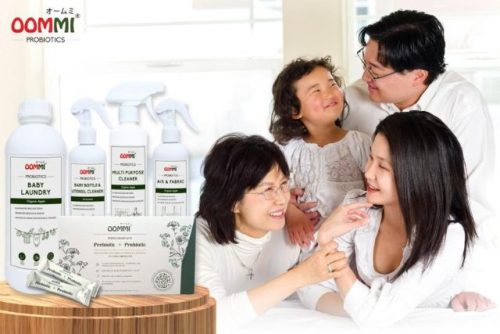

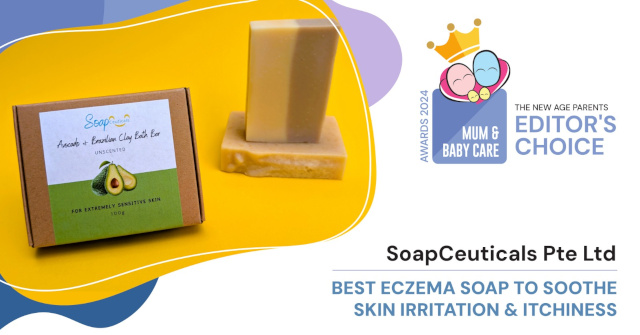










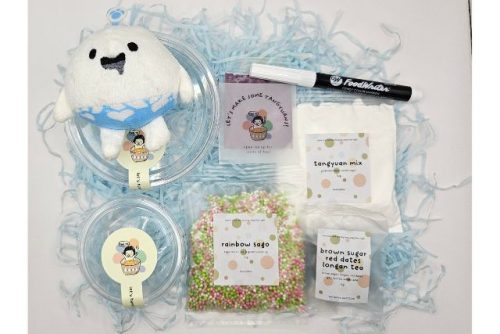

















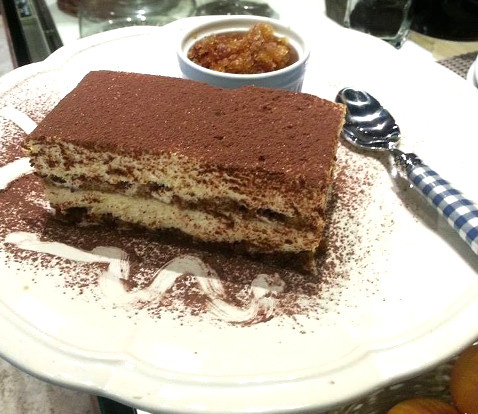

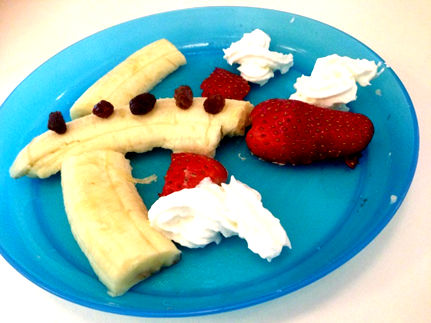
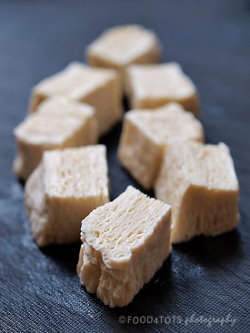


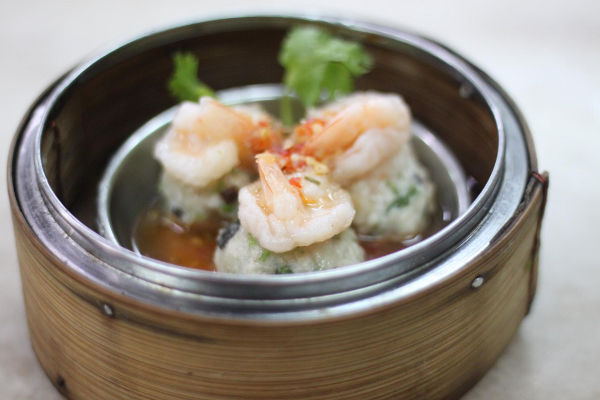













Leave a Comment: